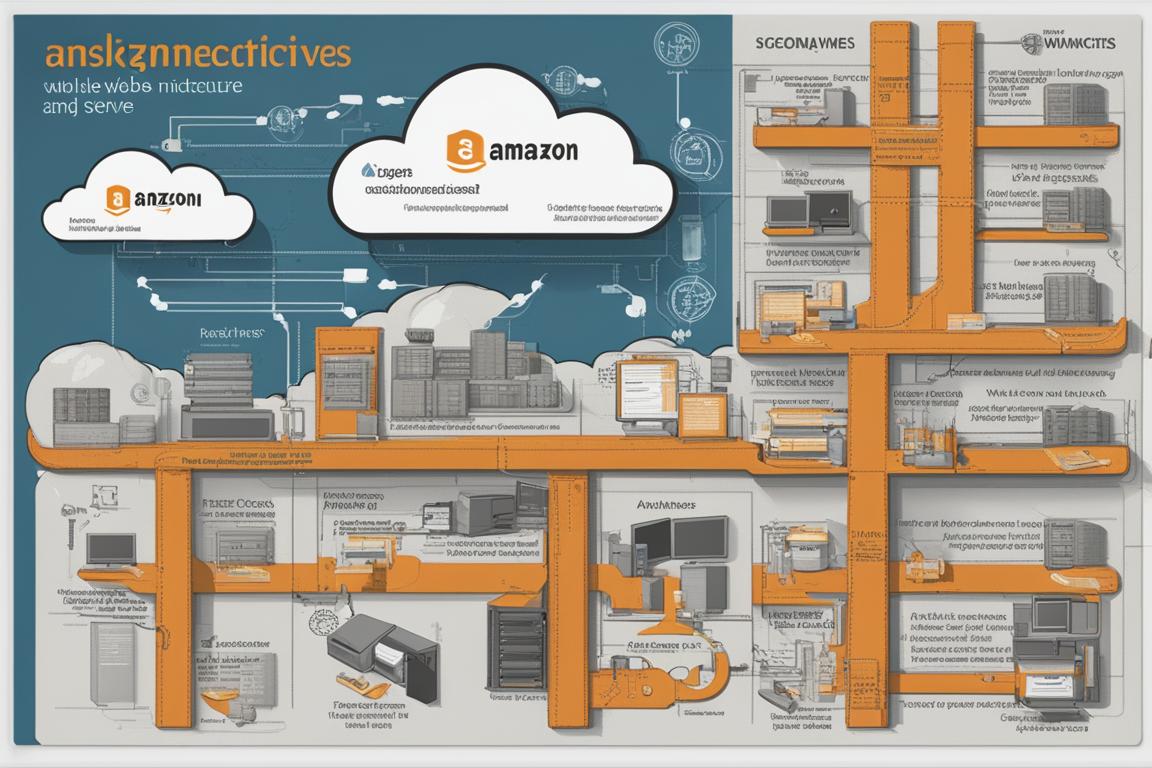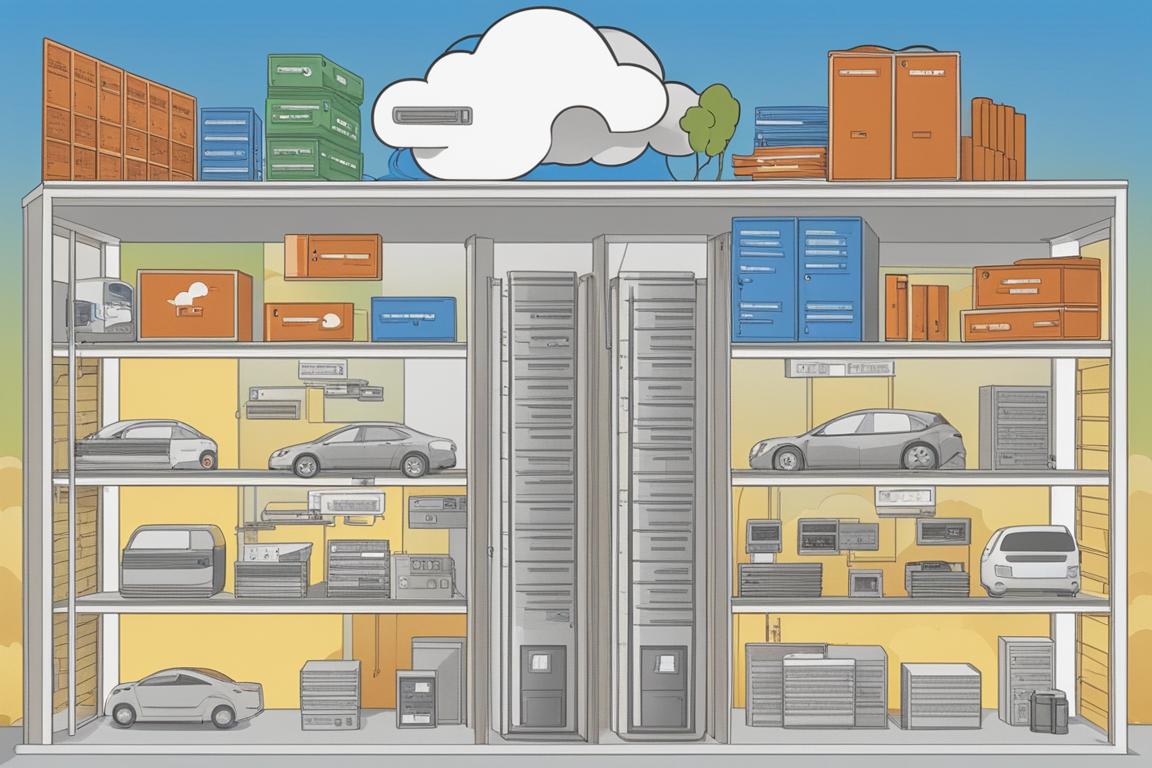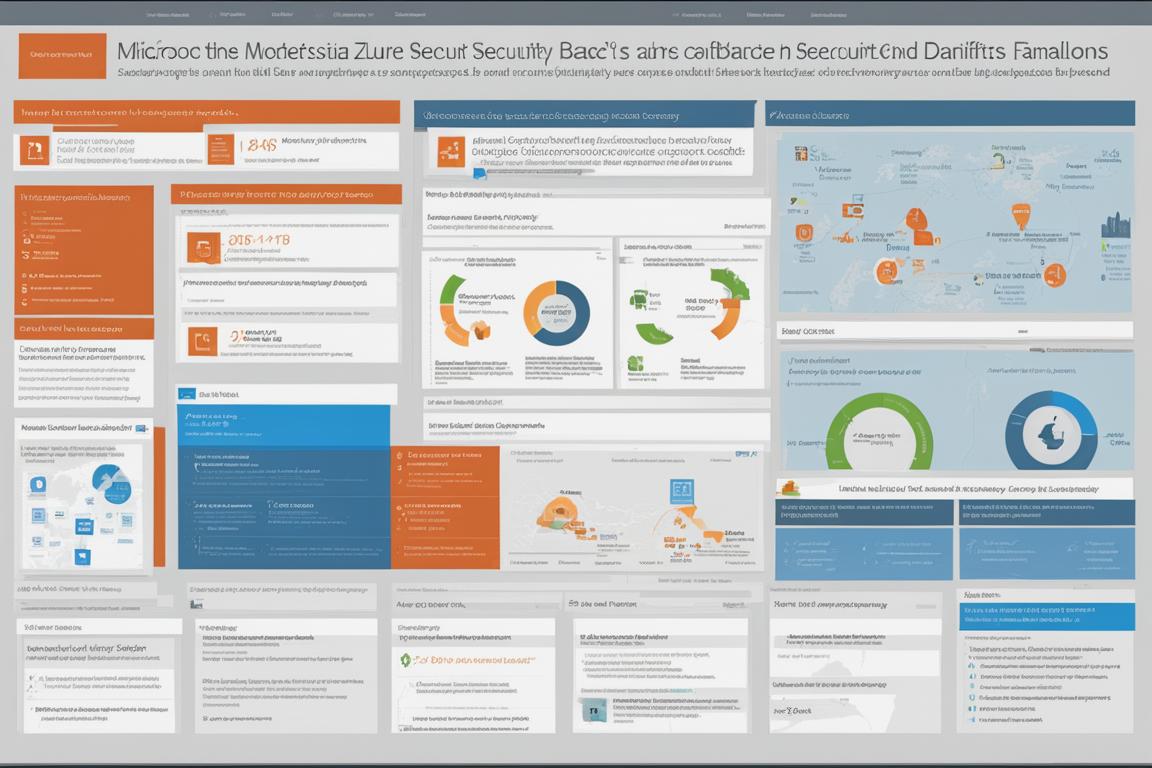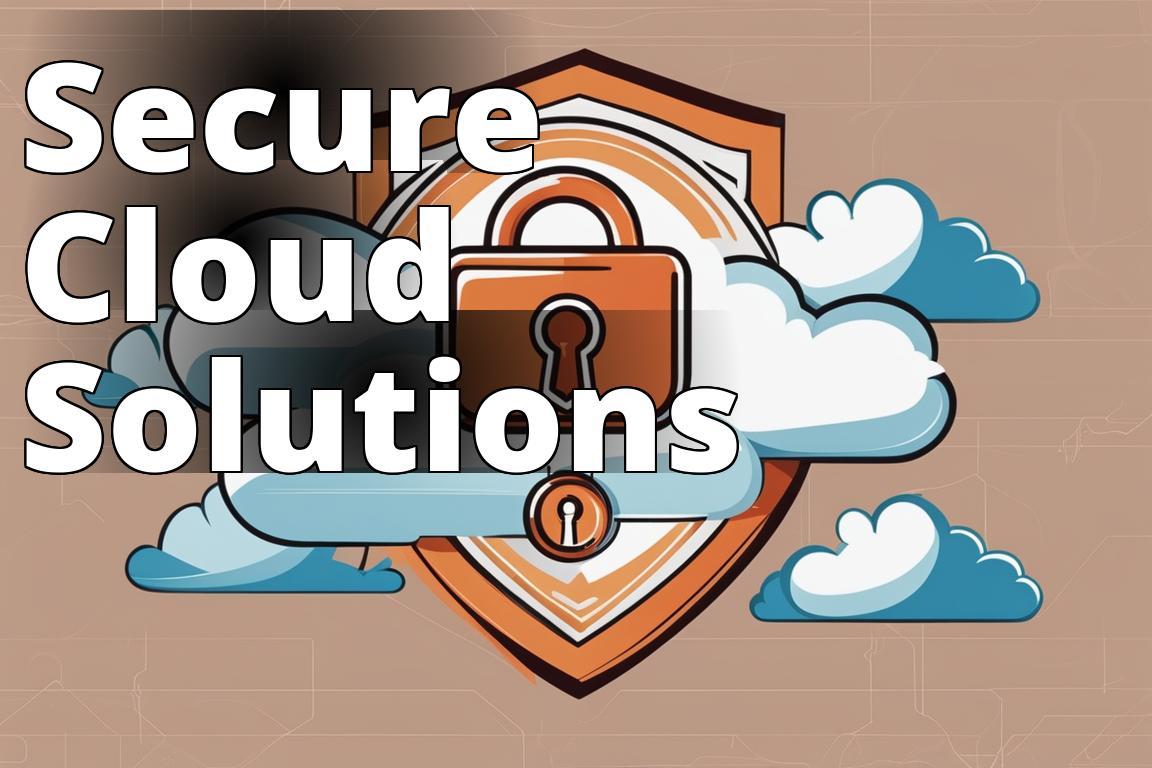Cloud Security: The Bedrock of Digital Trust
Cloud computing has metamorphosed the way we store, process, and manage data. The cloud’s omnipresence in our digital lives is as undeniable as its vulnerability. But let’s eschew the long-winded introductions that skirt around the issue. Cloud security in 2024 is a beast we must tame together, with you, the user, and providers like AWS, Google Cloud, and Microsoft Azure holding the reins on either side.
What You Will Learn About Cloud Security
- Cloud security is a shared responsibility between the cloud provider and the customer.
- Best practices for cloud security include using strong passwords, multi-factor authentication, and encryption.
- Common cloud security threats include data breaches, misconfigured cloud storage, and insecure APIs.
Cloud Security is a Shared Responsibility
Let’s dissect this ‘shared responsibility’ model. It’s the golden principle of cloud security, a doctrine that splits the onus between the provider and the customer. The cloud provider’s domain includes securing the infrastructure that runs all the services offered in the cloud. As for you, the user, your domain encompasses managing the security of what you put in the cloudyour data, applications, and everything else.
Insider Tip: Imagine the cloud provider’s infrastructure as a high-tech apartment building. The provider ensures that the building’s security systems are top-notch, but how you lock your door and manage your keys is up to you.
Security in the Cloud: The Big Three
Security at AWS
Amazon Web Services (AWS) is a Goliath in the cloud arena. AWS delineates its responsibility borders clearly, fortifying the foundation while you secure your assets. AWS Shield, for instance, is their managed Distributed Denial of Service (DDoS) protection service, which acts as a watchdog against the most common yet disruptive types of cyberattacks.

Security at Google Cloud
Google Cloud, on the other hand, prides itself on its multi-layered secure infrastructure, providing services like Identity-Aware Proxy and Context-Aware Access. But the catch here is the configuration. Google hands you the tools, but how effectively you wield them is on your shoulders.

Security at Microsoft Azure
Similarly, Microsoft Azure offers a slew of security features, including Azure Sentinel, a scalable, cloud-native SIEM (Security Information and Event Management) system. But again, Azure’s fortress is only as strong as the vigilance you maintain over your digital estate.

Cloud Security Best Practices
In the trenches of cloud security, best practices are your arsenal. Without them, you’re just a sitting duck in a pond swarming with predators.
1. Use Strong, Unique Passwords
Passwords are the first line of defense, and yet, the number of people using ‘123456’ is baffling. Strong, unique passwords are non-negotiable. As simple as it sounds, it’s a practice many forsake, to their peril.
2. Use Multi-Factor Authentication (MFA)
Multi-factor authentication is like having a double-locked door. It’s an additional step, but it significantly reduces the chances of unauthorized access. If you’re not using MFA in 2024, you’re behind the times.
3. Keep Your Software Up to Date
Outdated software is a leaky faucet in the realm of security. Patch updates are not just pesky remindersthey are vital fixes to security vulnerabilities that, if unattended, could lead to a flood.
4. Use Encryption
Encryption is the equivalent of conversing in a secret language that only you and the intended recipient understand. In cloud computing, it’s the cloaking device that keeps your data shrouded from prying eyes, in transit and at rest.
5. Monitor Your Cloud Environment
Monitoring your cloud environment is akin to having a surveillance system in your homeyou need to know what’s happening to respond promptly. Anomalous behavior can signal a breach, and early detection is key to minimizing damage.
6. Use a Cloud Access Security Broker (CASB)
A Cloud Access Security Broker, or CASB, acts as a gatekeeper between your on-premises infrastructure and the cloud provider. It’s an added layer of security that ensures compliance and governs access.
Cloud Security Threats
No discussion of cloud security is complete without acknowledging the dark forces at play. The threat landscape is as diverse as it is dangerous.
1. Data Breaches
Data breaches are the nightmares that keep security experts awake at night. They are the stark reminders that our defenses are never impenetrable, as evidenced by the countless high-profile breaches over the years.
2. Misconfigured Cloud Storage
Misconfigured cloud storage is the digital equivalent of leaving your car unlocked in a bad neighborhood. It’s an open invitation to data thieves, and unfortunately, it’s a common oversight.
3. Insecure APIs
Insecure APIs are the weak links in the chain. They are the entry points that, if not securely managed, can be exploited to gain unauthorized access or disrupt service operations.
4. Insider Threats
Insider threats, whether malicious or negligent, are the proverbial snakes in the grass. They are difficult to detect and can cause extensive damage due to their access levels.
5. Account Hijacking
Account hijacking is the unauthorized takeover of your cloud services account. It’s a stark reminder that in the cloud, your identity is everything, and protecting it is paramount.
Real-life Cloud Security Incident
Sarah’s company, a medium-sized e-commerce business, experienced a data breach last year due to a misconfigured cloud storage setting. A former employee had left some sensitive customer data exposed, leading to a potential security threat. This incident highlighted the importance of regularly monitoring the cloud environment and ensuring that all access points are secured.
As a result of this breach, Sarah’s company implemented stricter security protocols, including the use of multi-factor authentication for all employees accessing the cloud infrastructure. They also invested in a cloud access security broker (CASB) to provide an additional layer of protection for their cloud resources.
This real-life incident emphasized the significance of proactively addressing cloud security threats and implementing best practices to safeguard sensitive data in the cloud.
Cloud Security Certifications and Compliance
In the minefield of cloud security, certifications and compliance are the badges of honor that proclaim your commitment to safeguarding data. They’re not just fancy acronyms to flaunt; they’re rigorous standards that guide your security posture.
Insider Tip: Certifications like ISO 27001, SOC 2, and PCI DSS are not just checkboxes for compliance. They’re frameworks to align your security strategy with industry best practices.
Conclusion: A Constant Vigil in the Clouds
As we navigate the mists of cloud computing in 2024, cloud security remains a shared responsibility, an unending campaign that demands our collective alertness. It’s a partnership where trust is both the currency and the prize. Whether you’re a small startup or a sprawling enterprise, the cloud is your realm as much as it is the provider’s. By embracing best practices, recognizing threats, and striving for certifications and compliance, we fortify this digital domain, one vigilant step at a time.
Questions
Q. What is cloud security?
A. Cloud security refers to the measures taken to protect data and applications stored in the cloud from cyber threats.
Q. How does cloud security work?
A. Cloud security involves encryption, access control, and regular monitoring to safeguard data and applications in the cloud environment.
Q. Who benefits from cloud security?
A. Businesses, organizations, and individuals who utilize cloud services benefit from the protection and secure storage that cloud security provides.
Q. What if I don’t trust cloud security?
A. If you have concerns about cloud security, consider using a reputable cloud service provider with a strong track record in security measures.
Q. How can I improve cloud security?
A. You can enhance cloud security by regularly updating security protocols, utilizing multi-factor authentication, and conducting regular security audits.
Q. What are common cloud security risks?
A. Common risks include data breaches, unauthorized access, and insecure APIs. Implementing strong security measures can mitigate these risks.
With over a decade of experience in cybersecurity and cloud technology, Matthew Harrison is a leading expert in the field. Holding a Master’s degree in Cybersecurity from Stanford University, Matthew Harrison has conducted extensive research on cloud security, contributing to several peer-reviewed journals and industry publications.
Matthew Harrison has also worked as a cybersecurity consultant for Fortune 500 companies, helping them implement robust cloud security measures and navigate complex compliance requirements. Their hands-on experience in designing and implementing secure cloud architectures has provided Matthew Harrison with a deep understanding of the shared responsibility model and the best practices for securing data in the cloud.
In addition, Matthew Harrison is a certified cloud security professional (CCSP) and holds certifications from leading cloud service providers such as AWS, Google Cloud, and Microsoft Azure. Their insights into the latest trends in cloud security and their practical approach to mitigating cloud security threats make them a trusted authority in the field.
